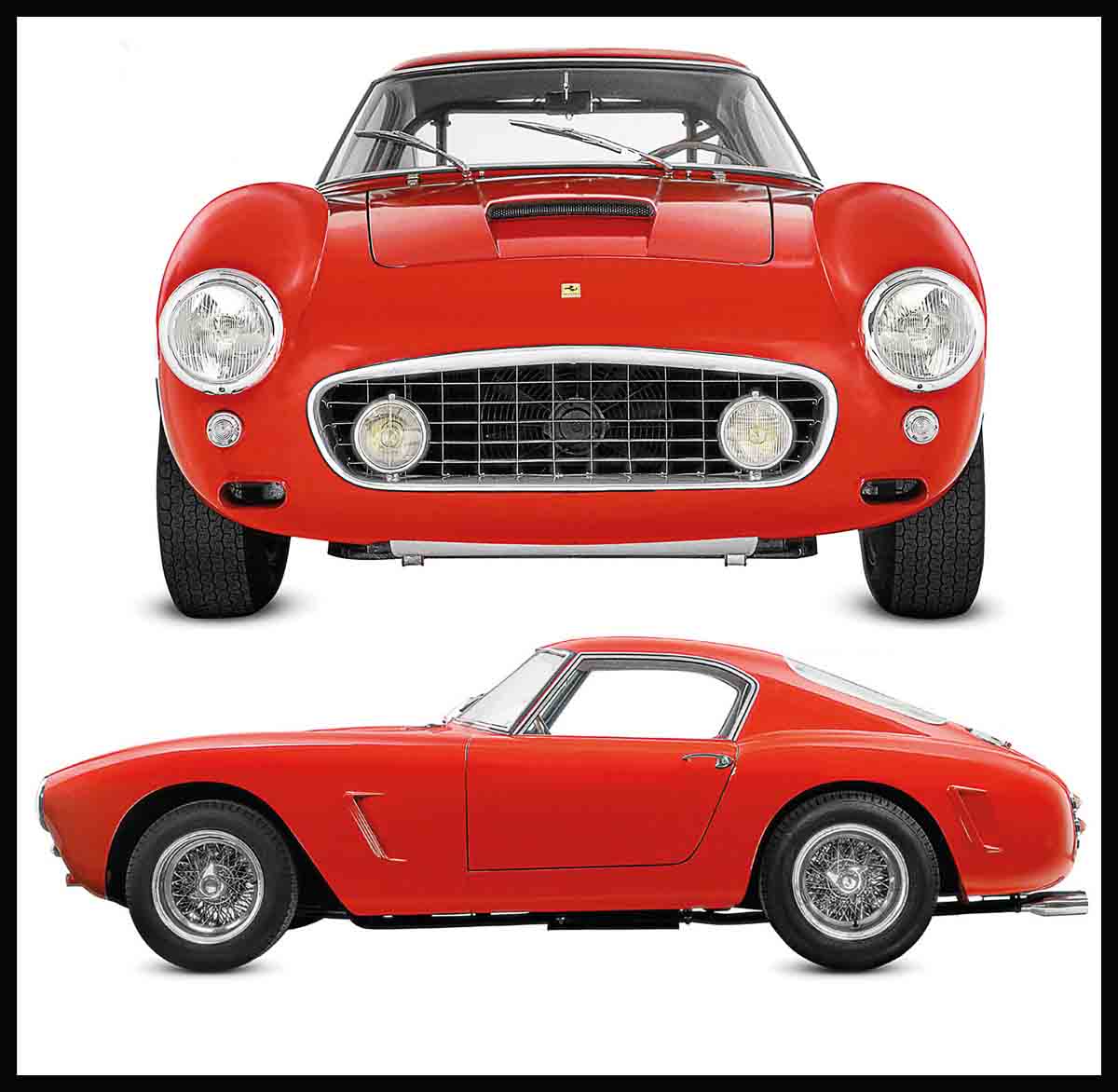
Exotic High-Performers
Many of the most iconic names in motoring came of age in the 1950s, producing cars that in some cases are still closely associated with their makers’ images today. In Europe, where the hardships of World War II were still a recent memory and many ordinary cars struggled to get beyond 70 mph (110 km/h), the latest Ferraris and Jaguars with their voluptuous bodies and high-speed performance seemed impossibly exotic. Cars like this brought film star glamour to an often grey world. Some were synonymous with sporting success on the road and racetracks too, becoming symbols of national identity—and national pride.
Ferrari 250 GT SWB, 1959
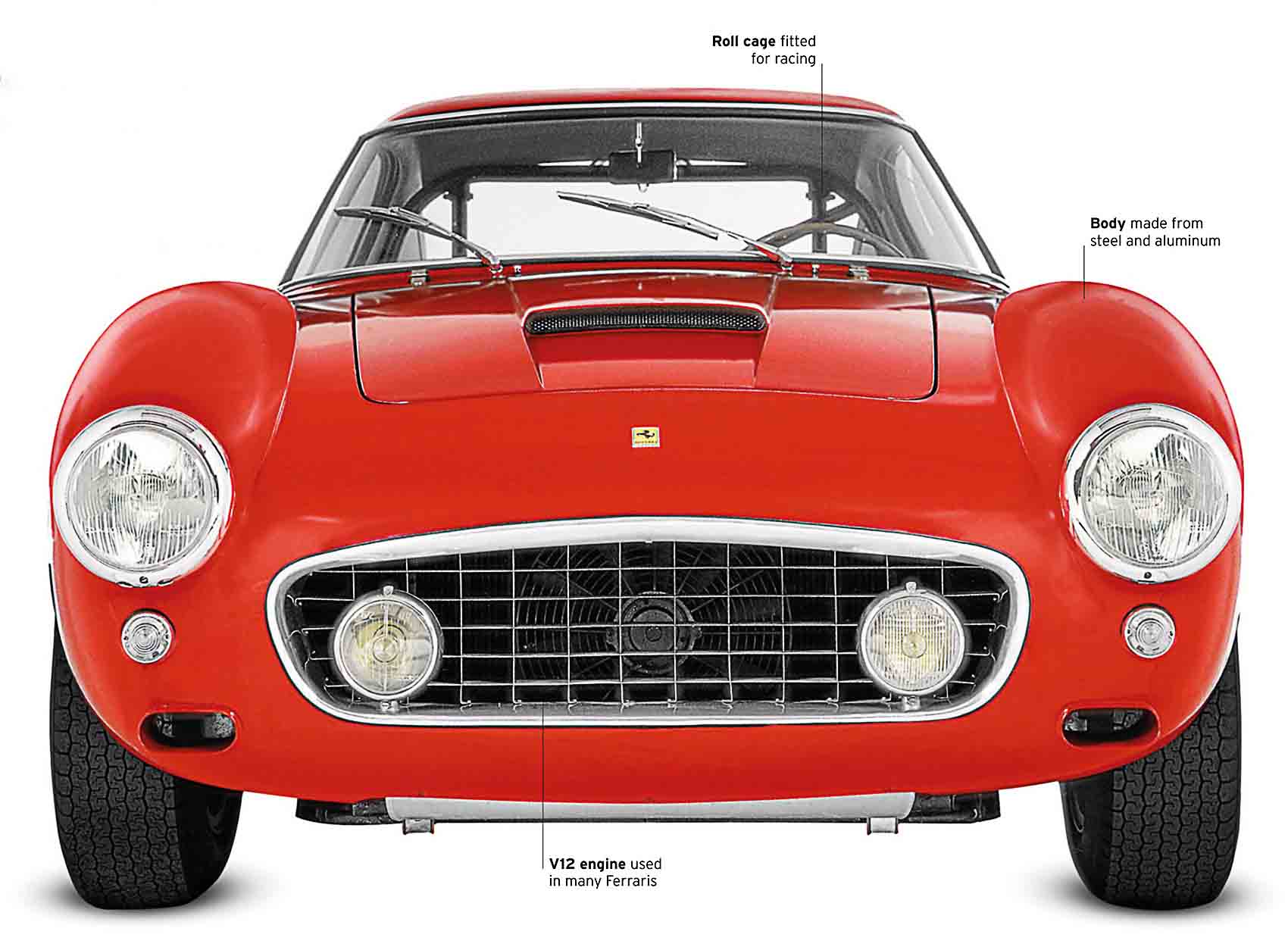
| Origin | Italy |
| Engine | 2,953 cc, V12 |
| Top speed | 168 mph (270 km/h) |
Revealed at the 1959 Paris Motor Show, the V12-engined 250 GT SWB was intended as a serious competition car that could also be used on the open road. Its flowing bodywork, styled by Italian design house Pininfarina, became a template for the look of many future Ferraris.
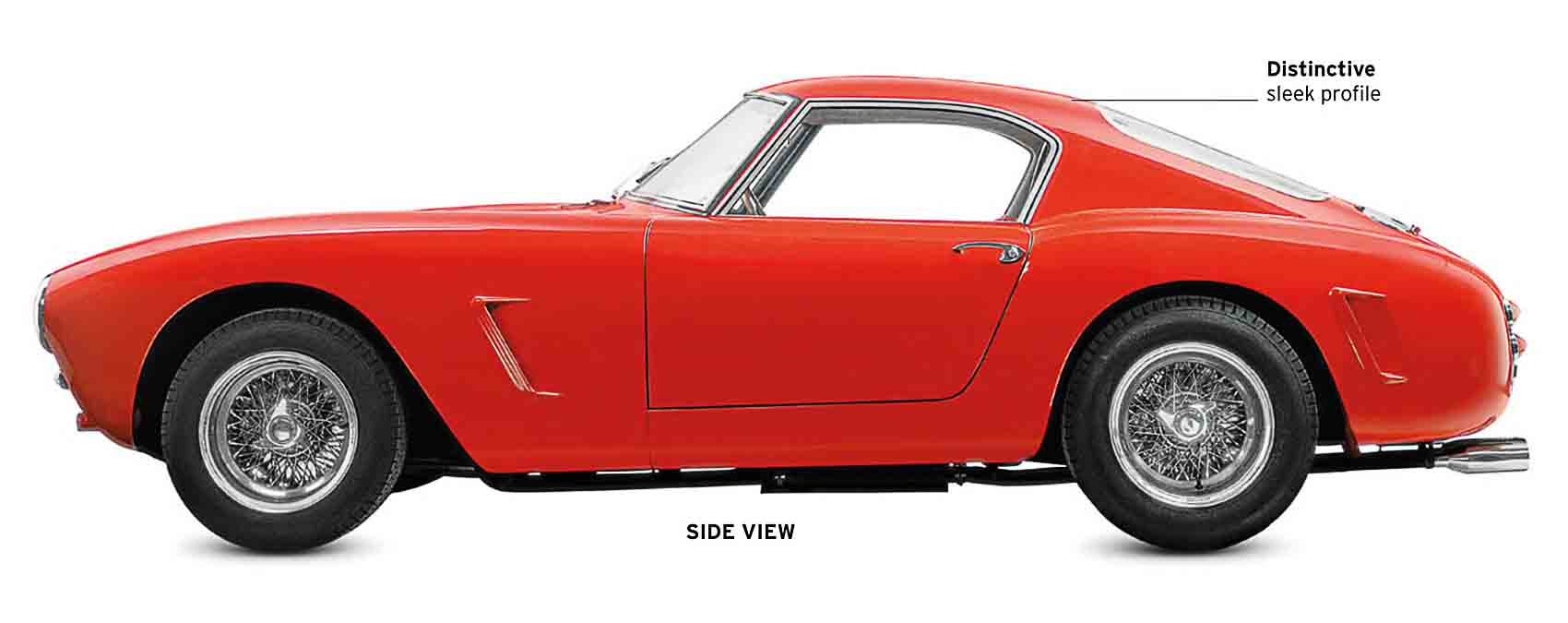
Built for pace
Early road-going 250 GT SWBs had hand-beaten, lightweight aluminium bodies, but this material was later reserved for pure racing versions. The Ferrari proved to be formidable on the track.
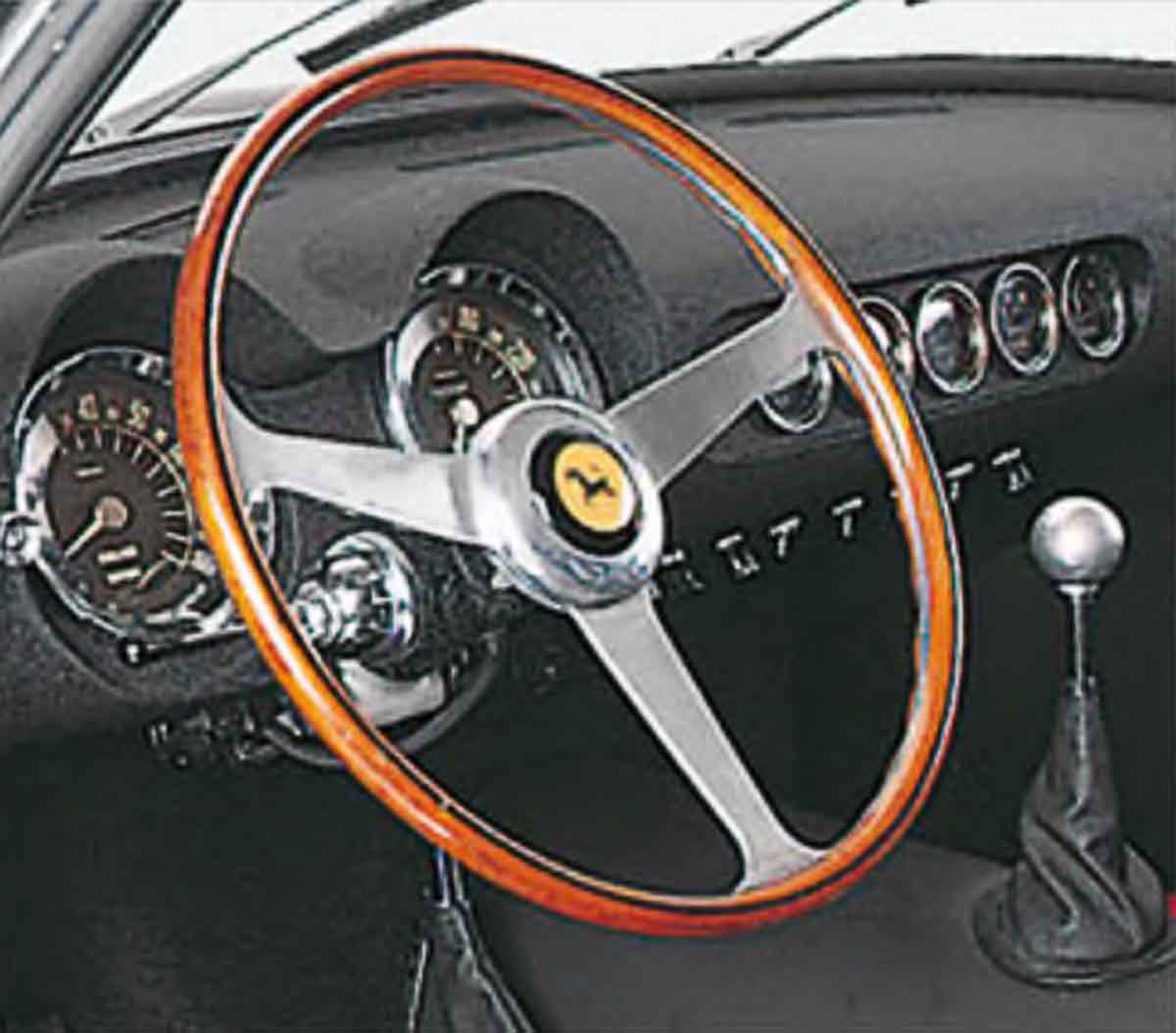
Utilitarian interior
The 250 GT SWB’s elegantly functional, gimmick-free cabin was designed for the driver, with all the major controls within easy reach of the steering wheel.
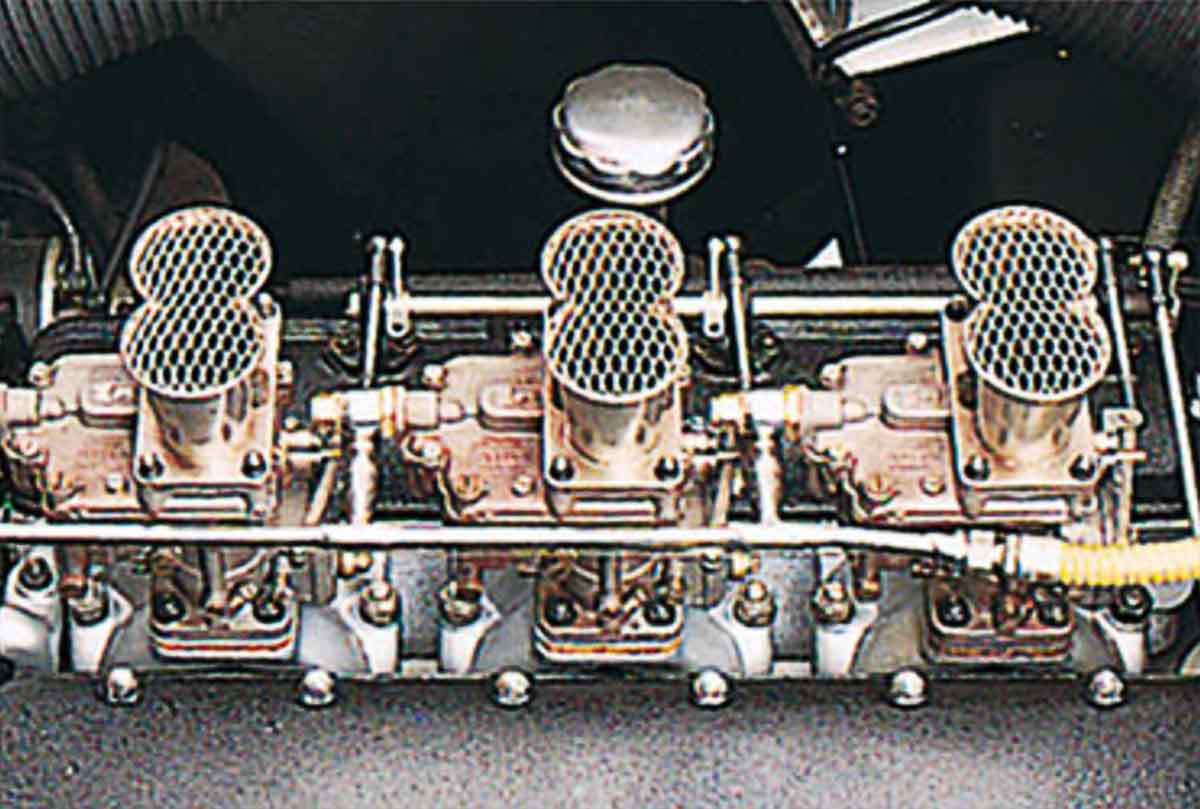
Light yet powerful
The 2,953 cc, overhead camshaft V12 engine fitted to the 250 GT SWB was lighter than many rival power units and enabled this car to reach speeds of 168 mph (270 km/h).
Jaguar C-type, 1951
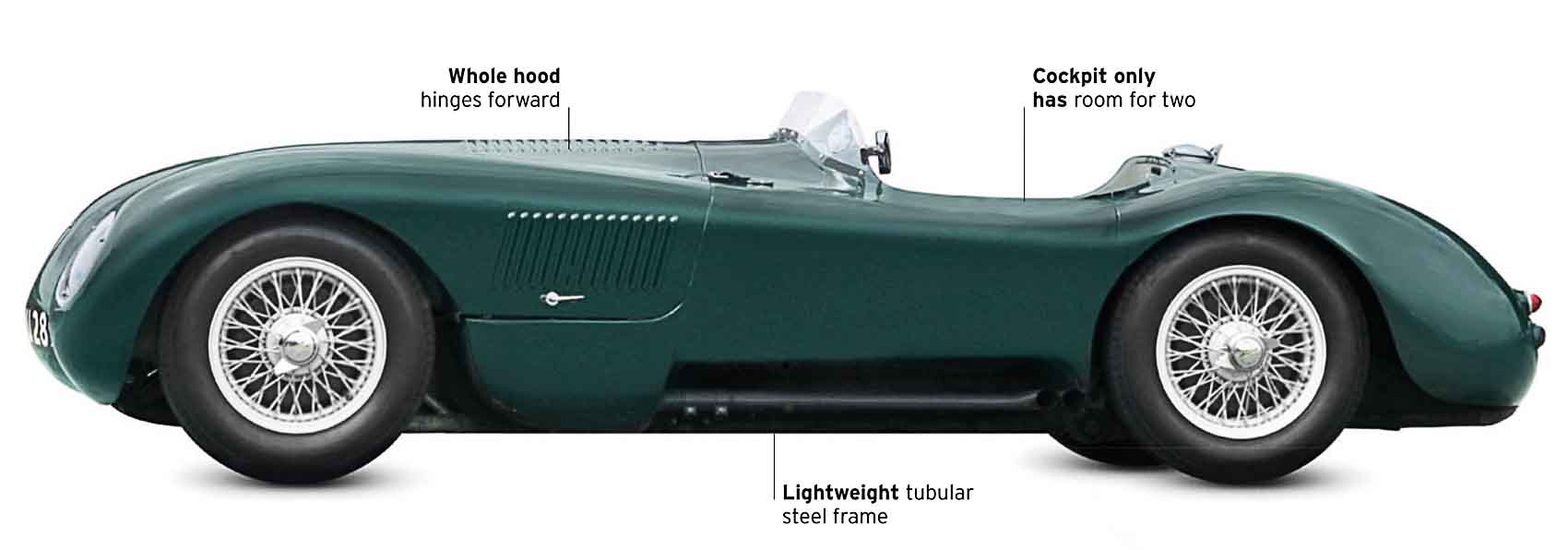
| Origin | UK |
| Engine | 3,442 cc, straight-six |
| Top speed | 144 mph (232 km/h) |
A racing car that could also be driven on the road, the sinuous C-type was the XK120’s competition cousin, and featured a lightweight tubular chassis. The C-type won the Le Mans 24-hour race at its debut in 1951, and won again two years later when equipped for the first time with innovative disc brakes.
Aston Martin DB2/4, 1952
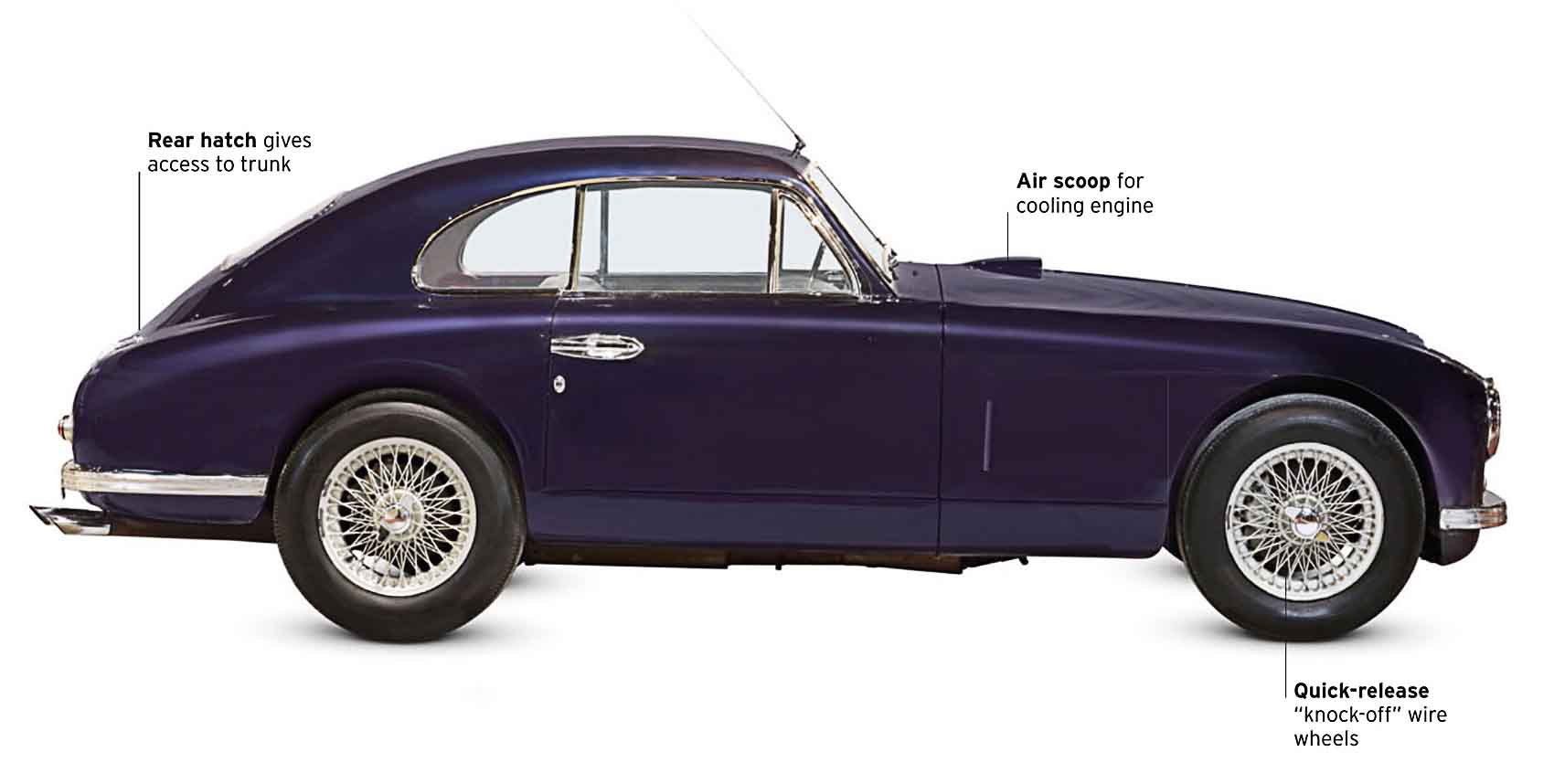
| Origin | UK |
| Engine | 2,580 cc, straight-six |
| Top speed | 116 mph (187 km/h) |
Based on the DB2, this grand tourer was offered in a range of body styles. All featured W.O Bentley’s Lagonda twin-overhead-camshaft engine and a tubular steel chassis. Competing in the 1955 Monte Carlo Rally, the DB2/4 had genuine racing pedigree.
Lancia Aurelia B20 GT, 1953
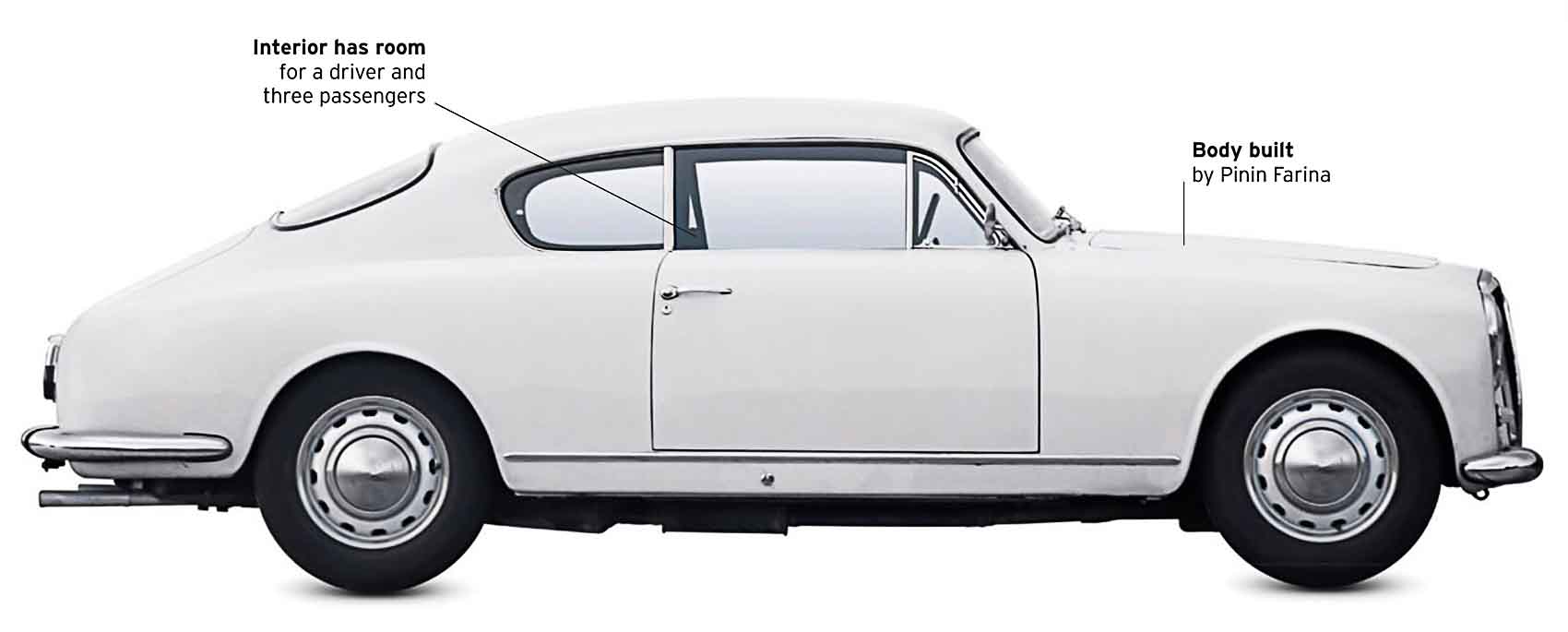
| Origin | Italy |
| Engine | 2,451 cc, V6 |
| Top speed | 112 mph (180 km/h) |
This clever, four-seat coupe served as a template for the modern compact grand tourer. The car’s sharp handling, thanks to independent suspension, rear-mounted “transaxle” gearbox, and then-revolutionary radial tyres, was aided by strong performance from the world’s first production V6 engine. It also featured a strong, lightweight monocoque steel body.
Facel Vega FVS, 1954
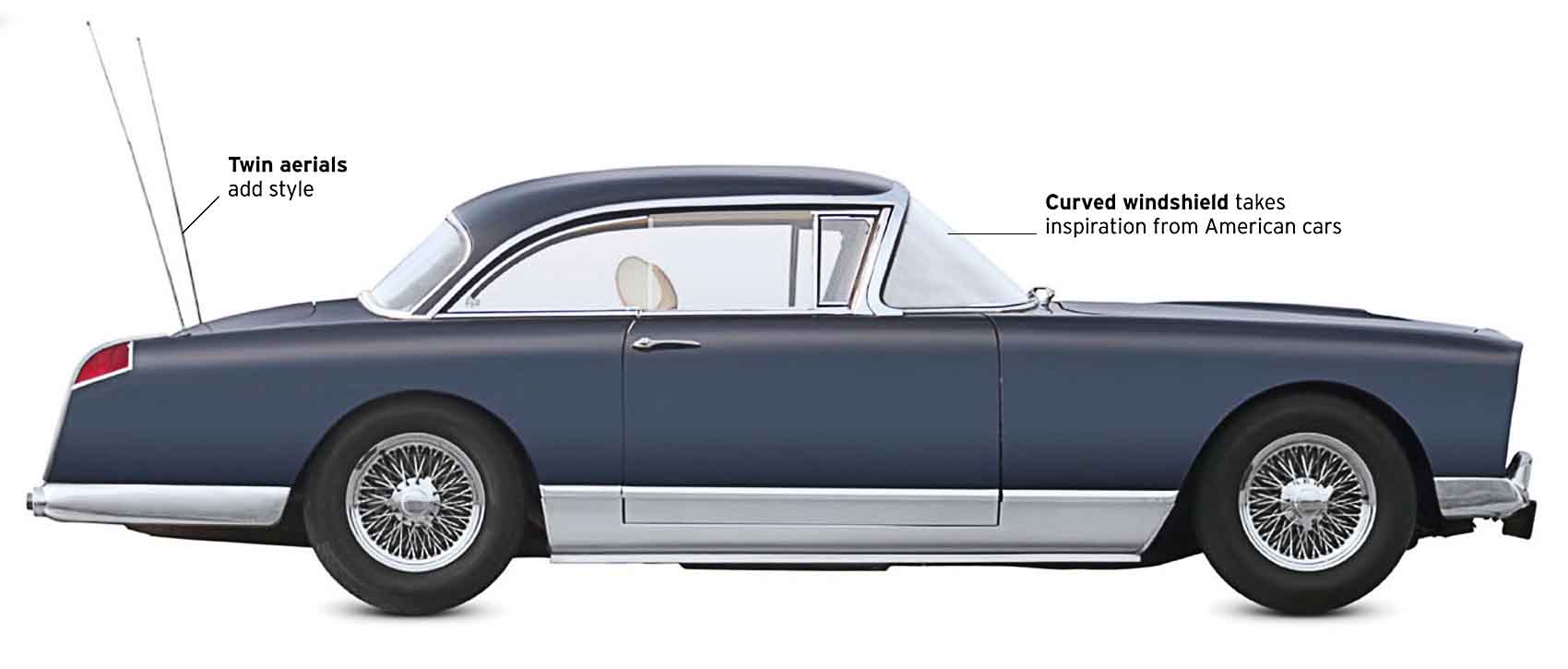
| Origin | France |
| Engine | 2,528 cc, V8 |
| Top speed | 115 mph (185 km/h) |
Facel Vega made bodies for vehicle producers such as Ford before launching its own supercar in 1954. The FVSs, with their light aircraft-like instruments and sharp coachwork, mixed French style with American power, since they had Chrysler V8 motors. Using big American engines was an idea other European high-performance vehicle-makers would adopt.
It is a quote. The Classic Car Book – The Definitive Visual History 2016




